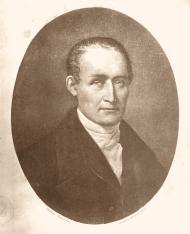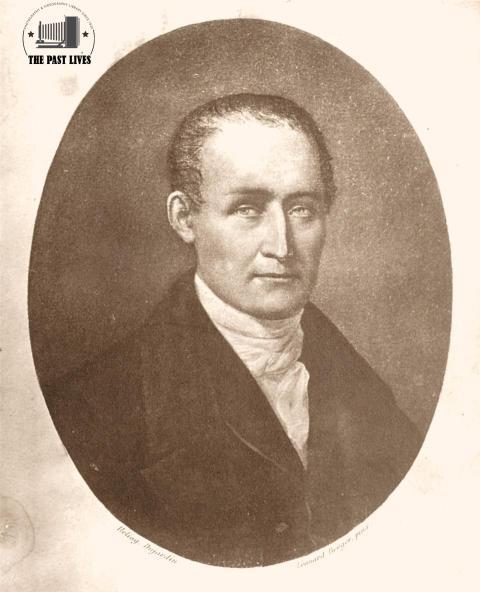Joseph Nicéphore Niépce 1826
Joseph Nicéphore Niépce (French 1765 – 1833) was a French inventor and one of the earliest pioneers of photography.
Niépce developed heliography, a technique he used to create the world's oldest surviving products of a photographic process In the mid-1820s, he used a primitive camera to produce the oldest surviving photograph of a real-world scene.
Among Niépce's other inventions was the Pyréolophore, one of the world's first internal combustion engines, which he conceived, created, and developed with his older brother Claude Niépce.
Niépce called his process heliography, which literally means "sun drawing".
In 1822, he used it to create what is believed to have been the world's first permanent photographic image, a contact-exposed copy of an engraving of Pope Pius VII, but it was later destroyed when Niépce attempted to make prints from it.
Niépce's correspondence with his brother Claude has preserved the fact that his first real success in using bitumen to create a permanent photograph of the image in a camera obscura came sometime between 1822 and 1827. The result is now the oldest known camera photograph still in existence.
In 1829, Niépce entered into a partnership with Louis Daguerre, who was also seeking a means of creating permanent photographic images with a camera. Together, they developed the physautotype, an improved process that used lavender oil distillate as the photosensitive substance. The partnership lasted until Niépce's death in 1833, after which Daguerre continued to experiment, eventually working out a process that only superficially resembled Niépce's He named it the "daguerréotype", after himself.
Admin
473 Photos
-
83
-
0
-
0
License and Use
Free for commercial use Attribution required- Details
- Year Taken 1826
- Country France
- Photo #151
- Published on Jun 12, 2025
- Photo type JPG
- Resolution 1299x1601
- Photographer Joseph Nicéphore Niépce
- Category photographers
- File size 386.6kB



